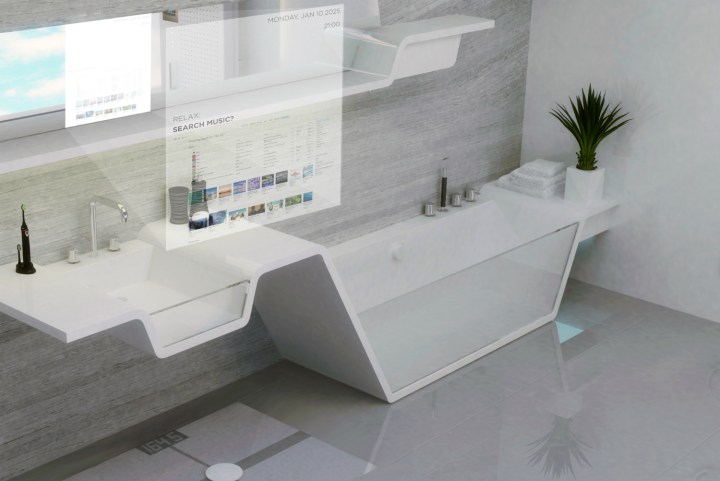
The patent describes sensors in a bath mat, for example, being able to measure heart rate through the body’s electrical patterns.
The patent also shows a camera in the bathroom mirror, which would be able to detect things like skin color variations. The company even wants to put sensors in the toilet, which would be able to sense blood pressure, and sensors in the bathtub, creating an “ultrasonic” bathtub that could perform an echo test. All of this data could be collected and eventually sent to health professionals, if that’s what the user wants.

According to Google, sensors in the bathroom could provide much more valuable data than that collected at a doctor’s office, largely because of the fact that it’s data collected daily rather than once every few months. The patent itself was filed by Jeffrey Rogers, who was director of engineering at Google when the patent was filed. He now works at IBM.
The sensors could go beyond detecting blood pressure and heart rate. They could also help keep track of the nervous, endocrine, and muscular systems, provided there are enough sensors in the room.
Of course, as is always the case, just because there’s a patent doesn’t mean there will be a product. The likes of Google and Apple are always thinking up new ideas and filing new patents, however most patents do no end up coming to fruition. Google is also working on other health-related projects, such as Google Lens, which could help users monitor their blood sugar levels.



